
The Media as a Social Force for Change
The media plays a critical role in shaping and directing society toward a national conscience of developmental goals, based on how it selects and cuts through a nation’s developmental agenda by making some issues more salient than others. Through the media’s selection of content and how it frames the news, it has always intended to induce a particular moral attention, social guilt, attitudinal change, social treatment and opinion. Thus, the media has the power to cause society to turn the mirror of reflection on its own social decadence.
This characteristic of the media allows it to direct opinion leaders and agencies in society toward a desirable social cause and/or change, based on the type and categories of frames it attaches to the content. Simply put, framing in news presentation is about how the media expects us to react and think about an issue. Similarly, how the media frames Ghanaian children is a way the media draws society, parents, child rights agencies, government and opinion leaders into seeing the state of issues relating to the Ghanaian child.
On the other hand, the media through its frames is able to cause a shift of child issues from the periphery to centre-stage by posing a simple rhetorical question to society – Is this the joy you expect from the Ghanaian child, or are these the tears you expect from the Ghanaian child? Finding answers to this rhetoric should remain central to every human developmental agenda.
The Child’s Rights as Human Rights
The tears and joy of every child in a society is of important concern. How a child is nestled today bears a direct impact on how society becomes in the future. Children, fragile as they may be, are actually the engine of society’s future and global growth. The United Nations (UN) Convention on the Rights and the Wellbeing of the Child recognises the critical role of the child in a human chain of development for society. The UN through its United Nations for Children’s Fund (UNICEF) continues to promote the efficient development of every single child on the planet.
This beautiful global wish toward children has been ratified by many countries, including Ghana – but the objectives are yet to be fully realised due to Child Rights and Protection challenges across societies. All is not lost: Ghana, in partnership with UNICEF Ghana, other related UN agencies, development partners, non-governmental agencies (NGOs) and traditional leaders has made positive leaps in efforts toward Child Rights and Protection.
The Ghanaian media, a social force through its selected child-news-frames, has also brought many issues affecting children to the fore; subsequently causing the needed change for betterment of the Ghanaian child.
Promoting Child Rights Development through News Frames
For any media to act as an agent for social change, there should be a scientific baseline of what the news frames are, and the policy-change intent associated with a particular news content frame. It is therefore very important to scientifically establish and quantify the types of news frames; and if possible, the cognitive sentiments attached to the frames. Generally, an intensity of sentiment attached to a thematic news frame induces a corresponding level of attention, commitment, interrogation and change from related partners and opinion leaders.

To achieve this scientific baseline, the Institute of Brands Narrative Analysis(IBNA) based in Accra – an independent brands-narrative media monitoring agency using a content thematic approach, analysed child-news frames employed by the Ghanaian state-owned print media – the Daily Graphic and Ghanaian Times – to establish frames with the highest frequency, type of sentiments and the intended possible social change. 14 children’s news stories were analysed from 4th of January to 26th of January, 2021.
This period (please see figures in the charts) yielded a total of 124 child-thematic frames. Extreme-Child Poverty was the highest frame recorded with 32%, followed by Child Marriage Vulnerabilities which gained 23% thematic attention; Child Rights 19%, Child Abuse 17%; and Extreme Child Hunger, although recording a low percentage of 9%, remains very striking – considering the plight of children linked to such a thematic frame.

From a thematic sentiments’ frames perspective, a discouraging 49% of the child thematic frames were presented in negative tones; 36% of the thematic frames represented positive thematic tones, while 15% of the child thematic frames were in neutral tones neither positive nor negative.
The Future and Commending the Media
The media not only informs or entertains society, but also mobilises it toward pockets of issues which need a change and attention. The thematic tones of media frames about the Ghanaian child shouldn’t be seen as a negative agenda from the media.
In addition, from an editorial point of view, the Daily Graphic and Ghanaian Times – two respected Ghanaian state-owned print media with over five decades of experience – acted as a force for social change by throwing more light on the plight of the Ghanaian child, initiatives adopted by agencies and partners to manage some of the vulnerabilities; subsequently calling on society to change its attitude toward the Ghanaian child. We at IBNA commend these media houses for championing the Ghanaian Child Rights initiative.
Policymakers and development partners are encouraged to adopt effective scientific media monitoring results as baseline data for appreciating their social interventions strategies. Media content, to a larger extent, is a summary slice of issues affecting a society – hence, paying strategic attention to media’s coverage of an event or issues remains very critical to any development initiative. This study is ongoing, and serves as a pointer for change in policy direction.
The writer is a lecturer at the Communications Department of the University of Professional Studies, Accra (UPSA, Accra), and Founder of the Institute of Brands Narrative Analysis (IBNA):
Email: [email protected]
The post Ghanaian child framed in poverty:…thematic analysis of Daily Graphic and Ghanaian Times Child-Content (Jan.4-30, 2021) appeared first on The Business & Financial Times.
Read Full Story

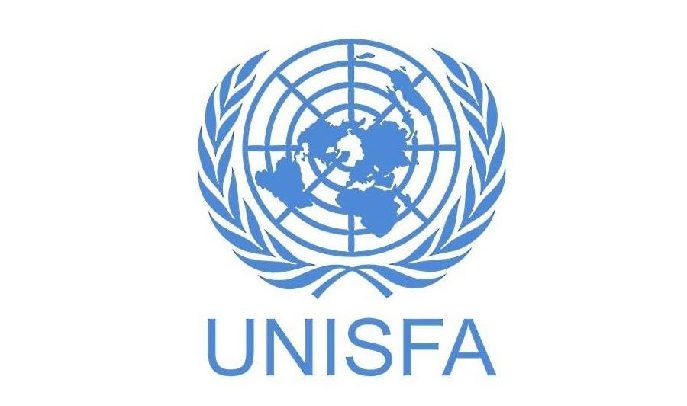

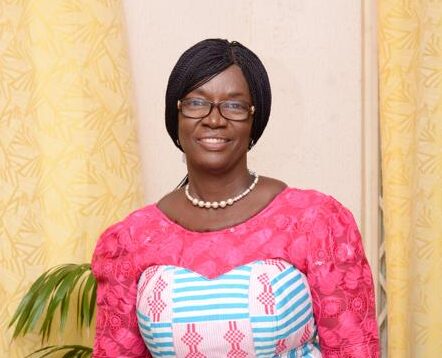



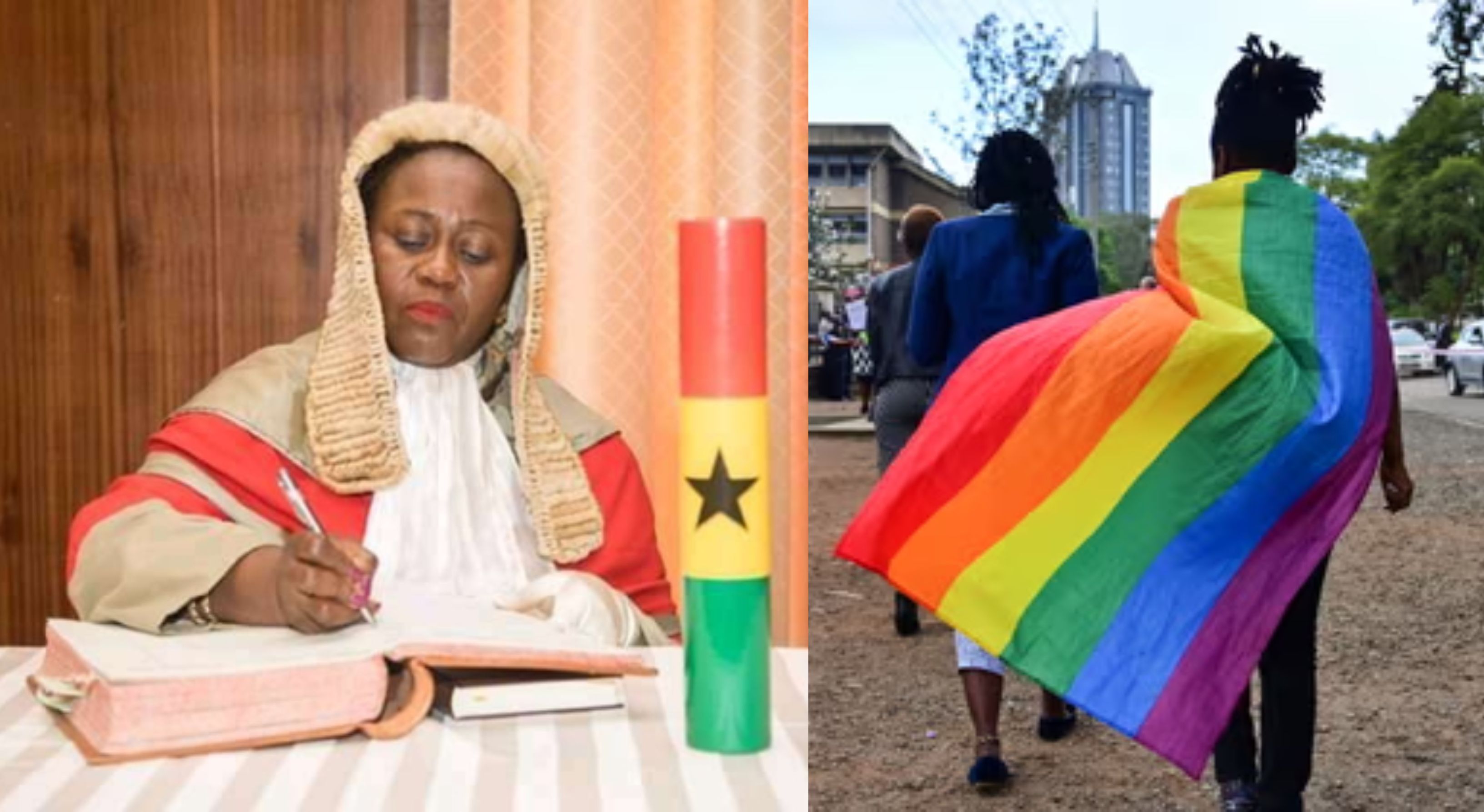
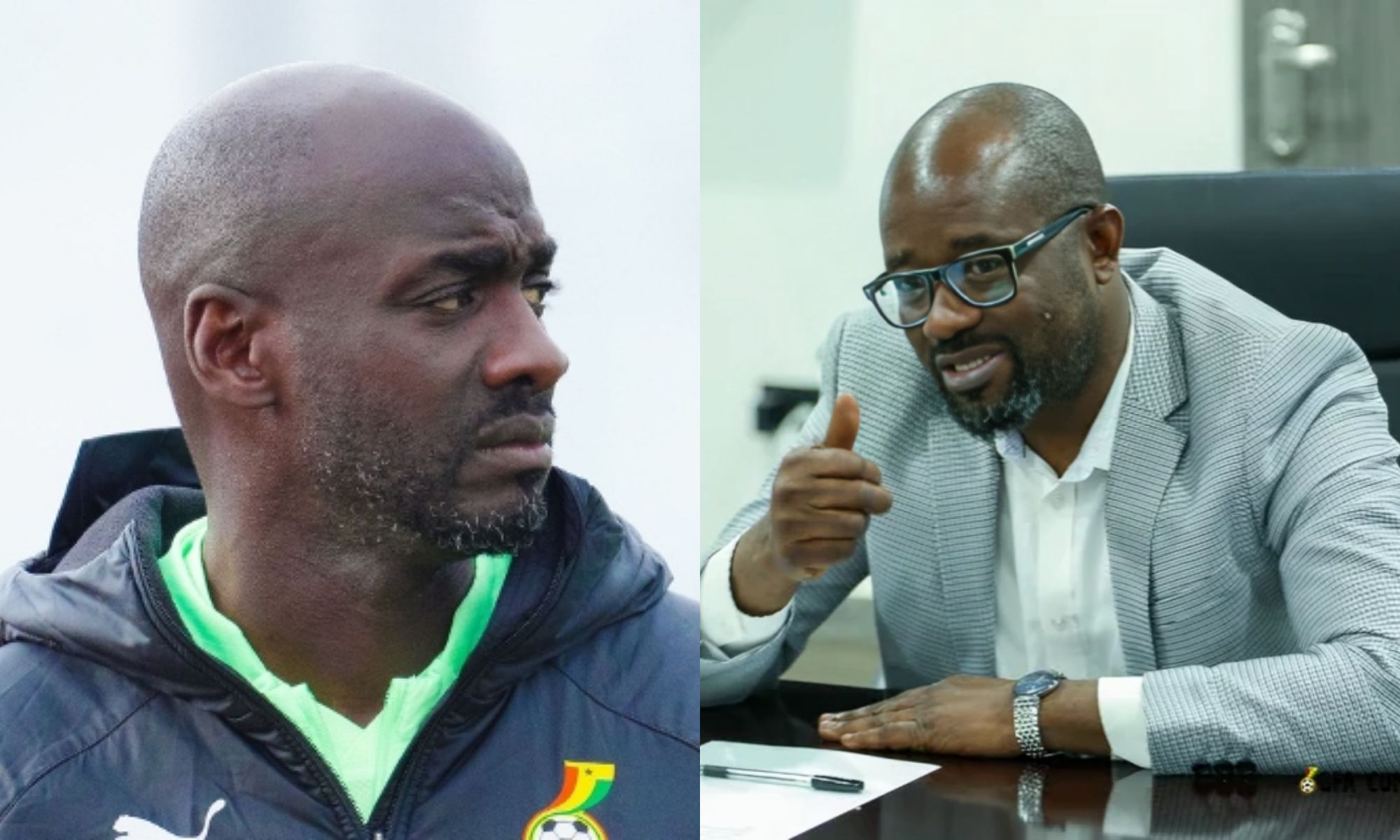


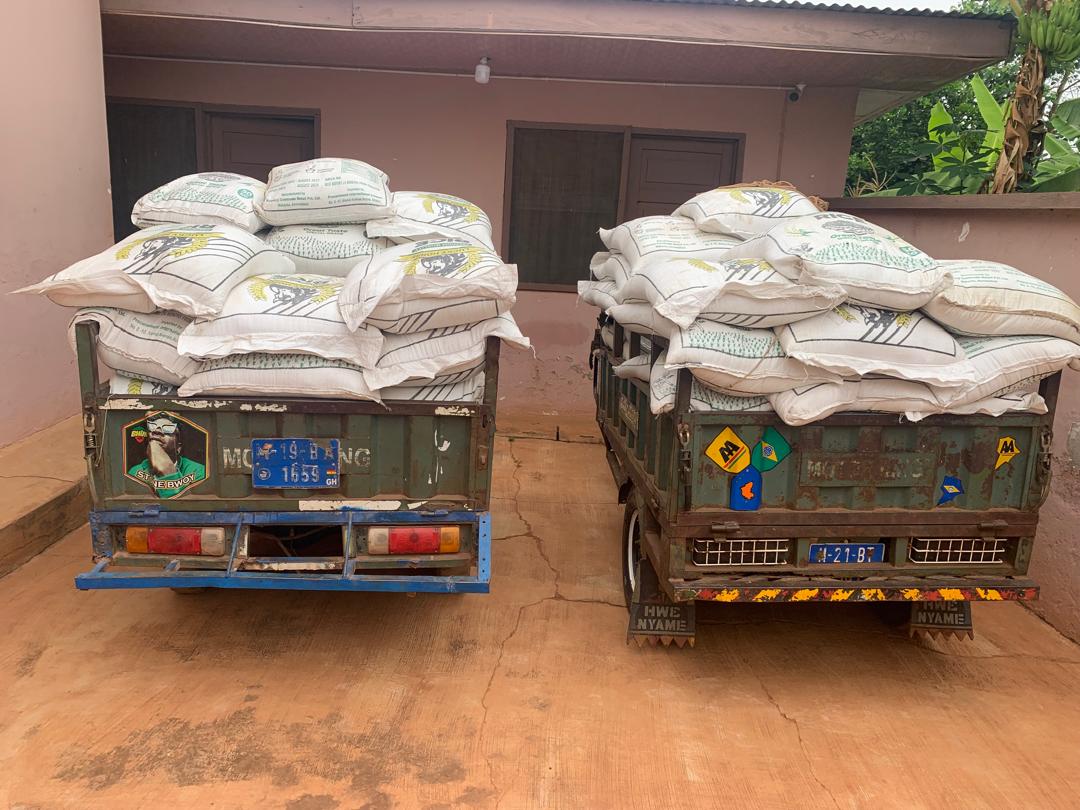
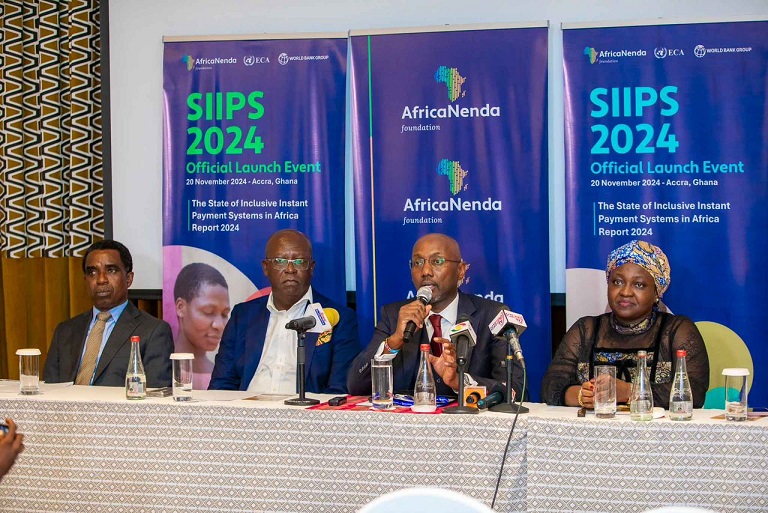
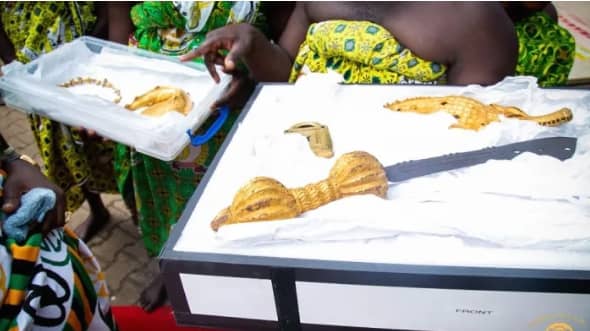


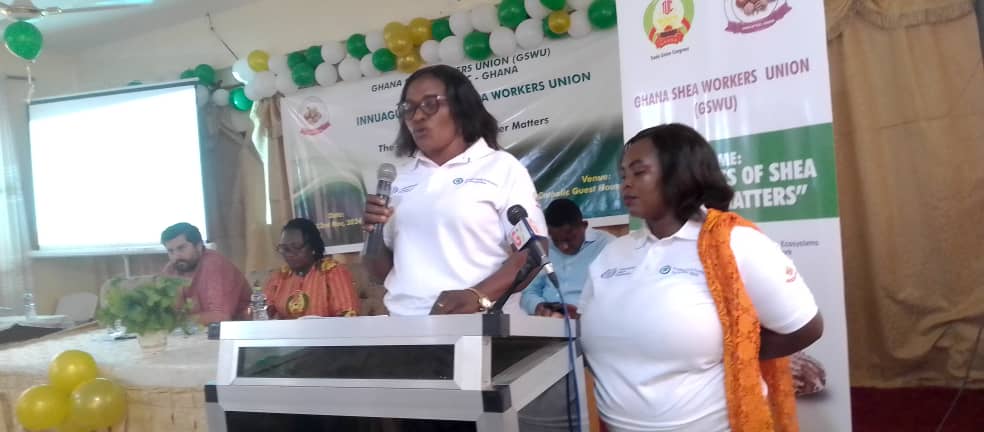

Facebook
Twitter
Pinterest
Instagram
Google+
YouTube
LinkedIn
RSS